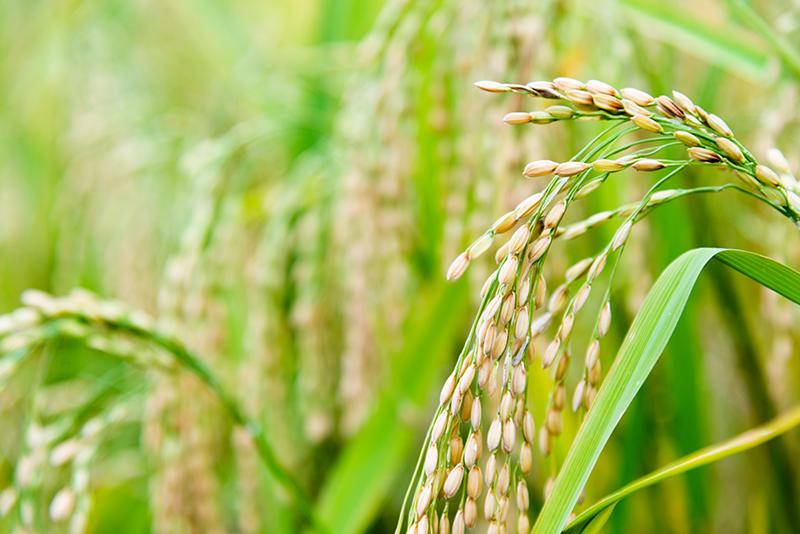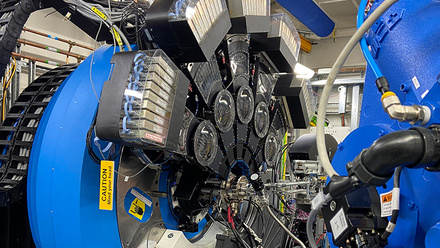Planting the seed for real-time arsenic monitoring in soil
A nano-bionic optical sensor embedded in plants is detecting and monitoring, in real time, levels of arsenic in soil.

‘[The technology] is a living plant-based sensor device that is created by integrating nanoparticle sensors within plant tissues without detrimental effect,’ explains Dr Tedrick Thomas Salim Lew, Scientist at Institute of Materials Research and Engineering, Singapore.
Developed as part of the research group at the Singapore-MIT Alliance for research and Technology (SMART), the sensor is built using single-walled carbon nanotubes that are wrapped in specific DNA sequences to selectively recognise arsenic molecules. The nanotubes are about 5nm in diameter and 400-800nm in length. When arsenic molecules encounter the nanoparticles, their fluorescence intensity changes and portable electronics are able to pick up the variation.
‘The plant becomes a sensor while still being alive, hence turning them into self-powered detectors,’ Lew explains.
‘The nanoparticle sensor can access the internal information within the plants in their natural state and translate this information into an optical signal that can be intercepted by smartphone or portable devices,’ he says.
Arsenic – the highly toxic, heavy metal chemical element – can appear in natural water supplies, often where land is less expensive and used for farming, and can cause serious health issues when ingested in quantities above 10 parts per billion (ppb). Staple crops such as rice accumulate arsenic, creating a potential hazard for humans.
Previously, conventional methods of measuring arsenic levels included regular field sampling, plant tissue digestion, extraction and analysis using mass spectrometry. The new approach couples nanoparticle sensors with the plant’s natural ability to efficiently extract analytes via the roots and transport them. It can detect as low as 0.2 ppb of arsenic in the soil, while the device can also monitor concentrations below the ground.
Besides detecting arsenic in rice and spinach, the team also used a species of fern, Pteris cretica, which can hyperaccumulate arsenic.
‘As a laboratory tool, our sensor technology can help plant biologists breed rice plants that can resist arsenic. As a technology for the field, the sensors can form the basis for monitoring water supplies to remediate or address the problem of contaminated water,’ Lew says.
‘The nanoparticle sensor we created is small and can be engineered to target specific subcellular compartments within plant tissues and cells. The combination of nanoparticle sensor and living plants results in the most sensitive arsenic sensor to date which is readable by a smartphone without the need for frequent soil or plant sampling.’
Regarding the future of this technology, collaborator on the work, Professor Michael Strano at DiSTAP, says that single-walled carbon nanotubes have already been produced on a large scale, which makes their product scalable.
He concludes, ‘We are now working with the Singapore Government and other stakeholders to translate this technology to potential users in various fields and continuing the important research alongside local collaborators in Singapore, such as the Temasek Life Sciences Laboratory (TLL), to further optimise and enable urban farming through precision agriculture technology.’







